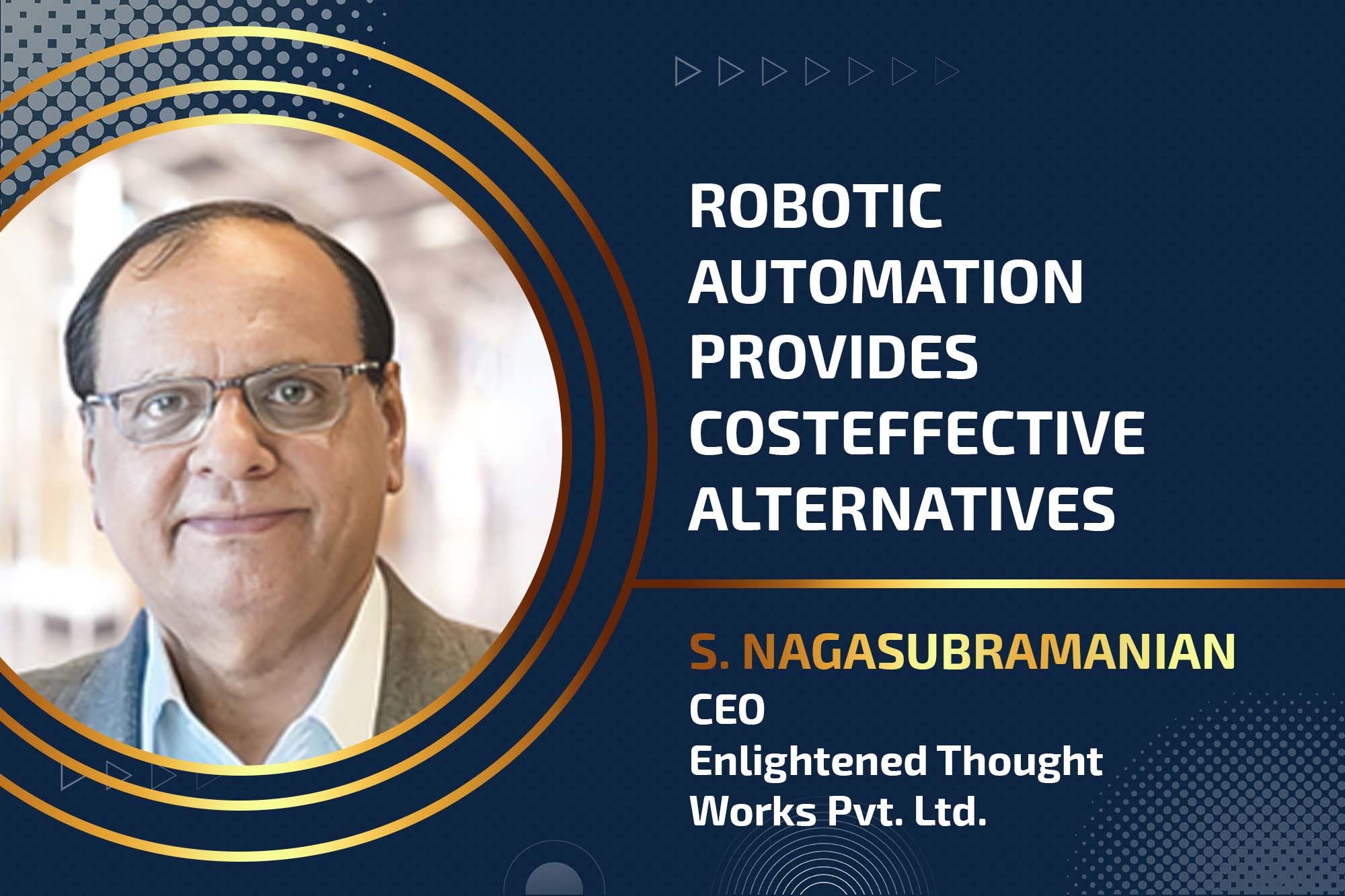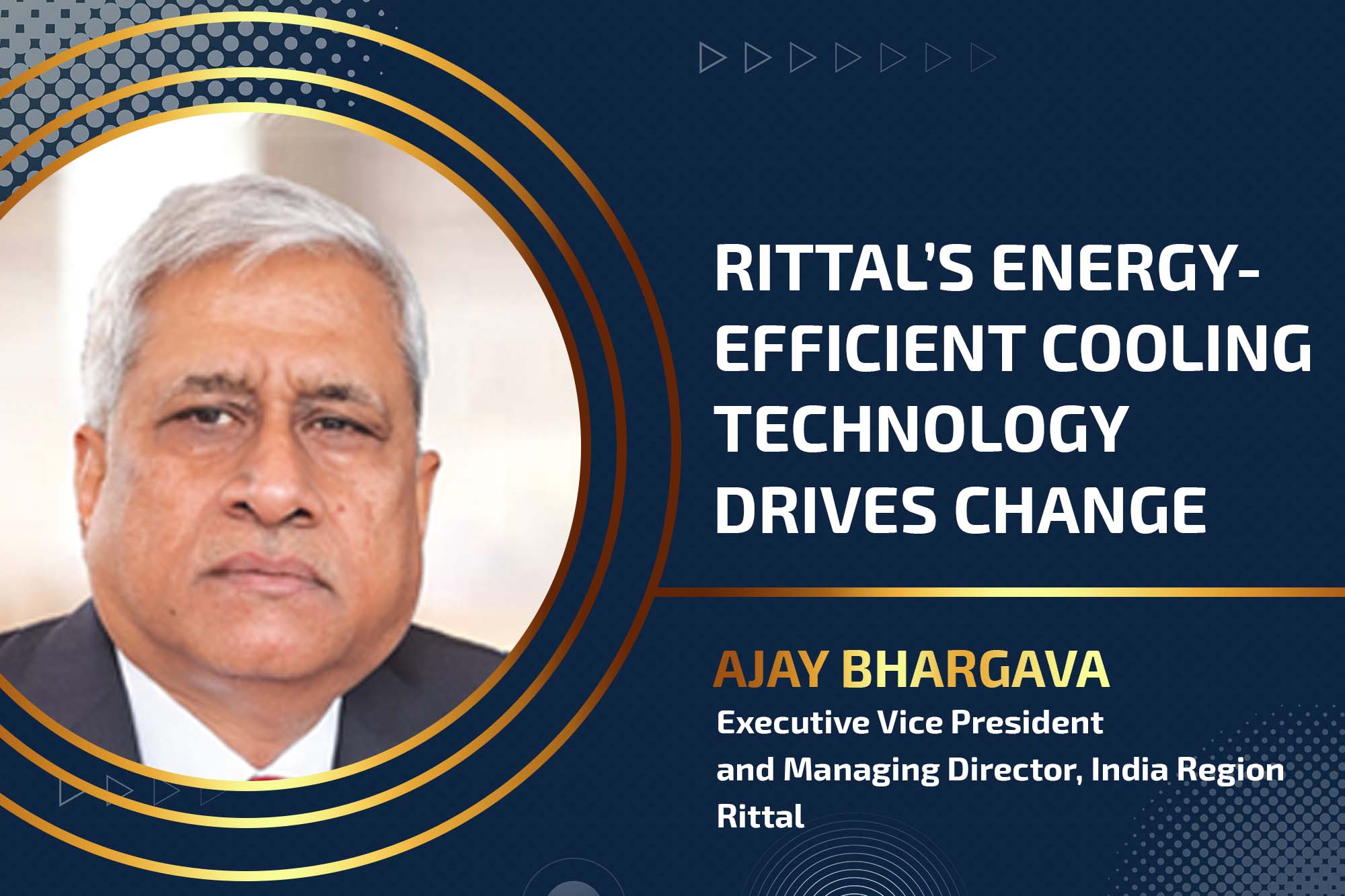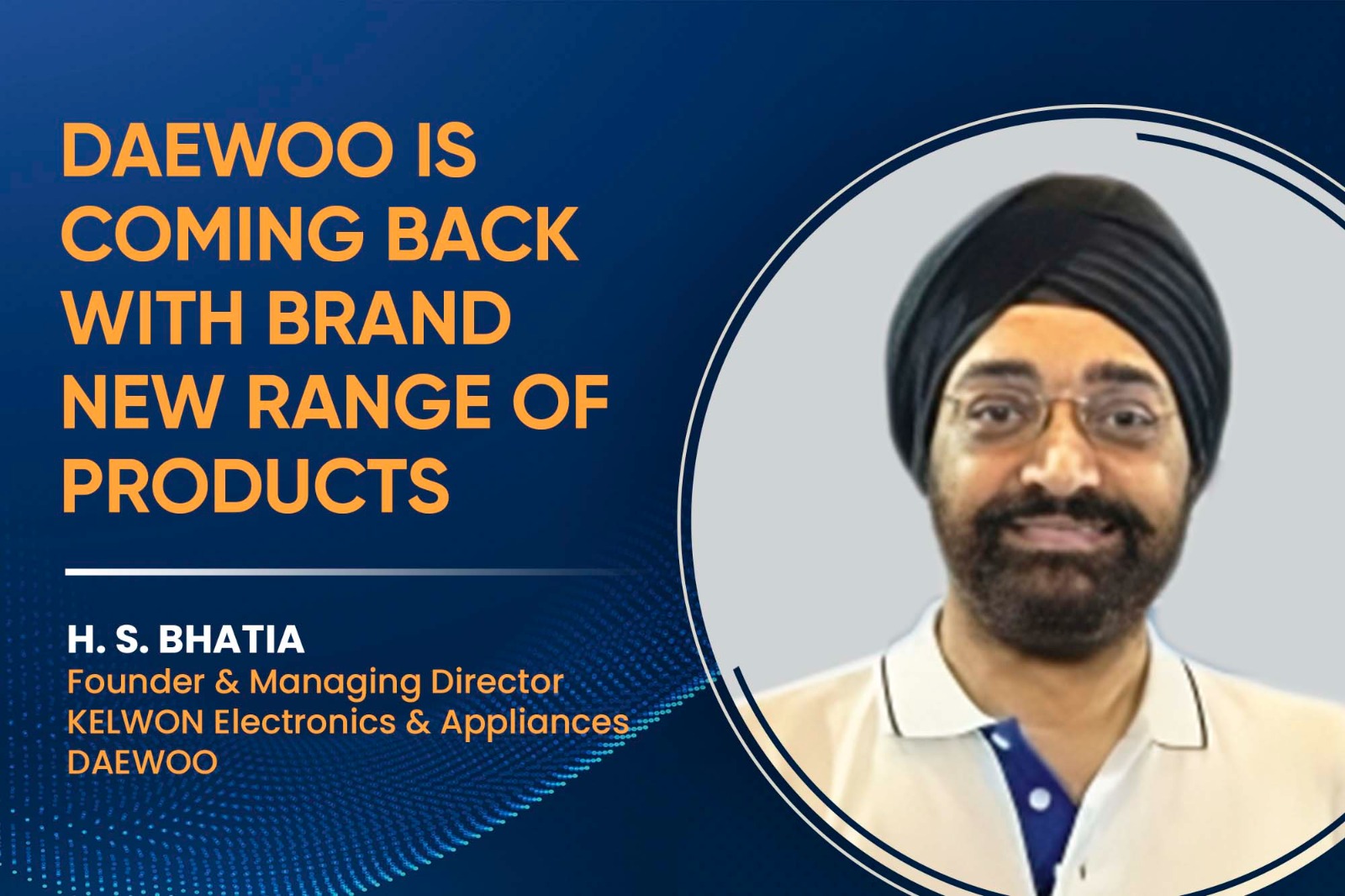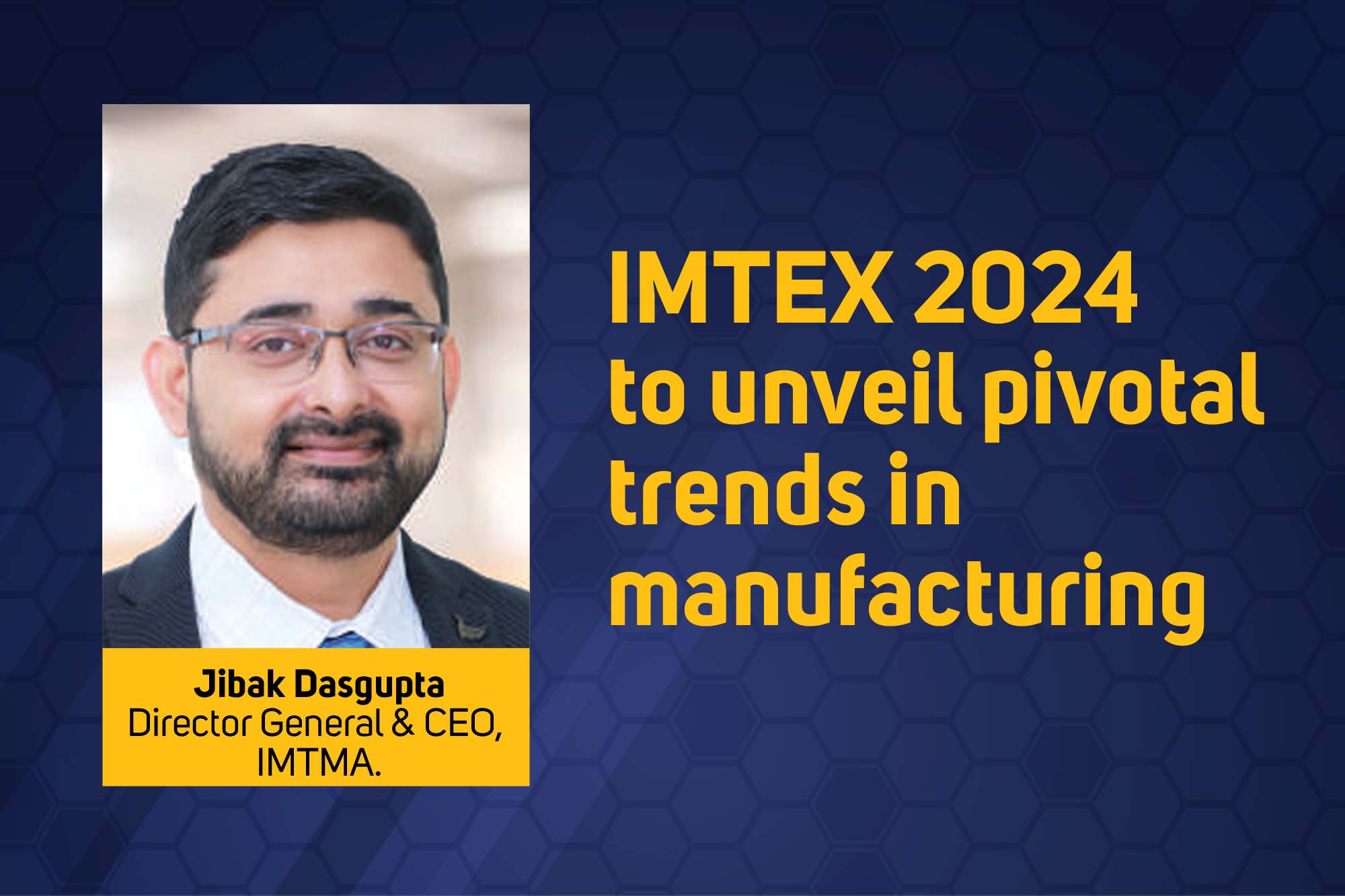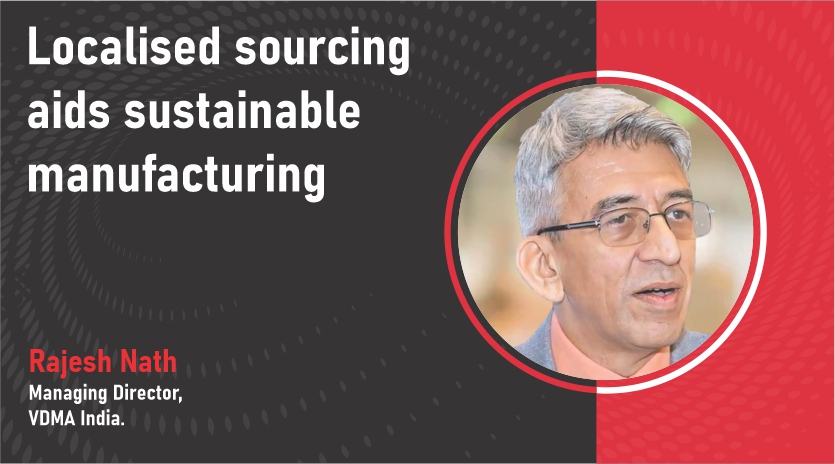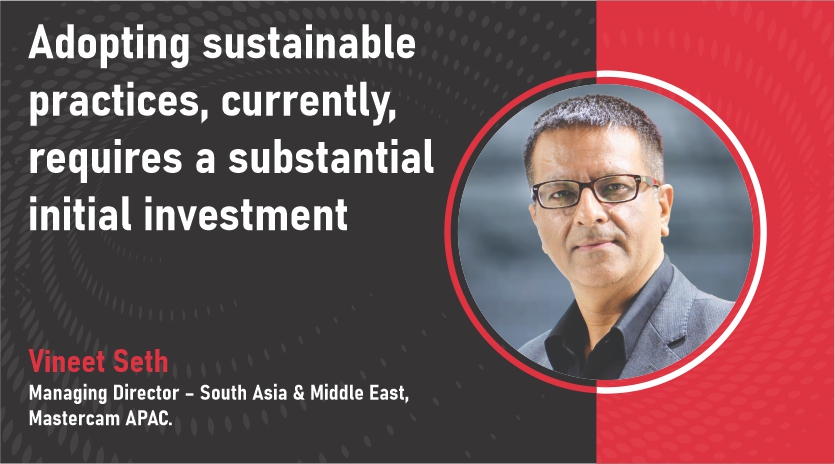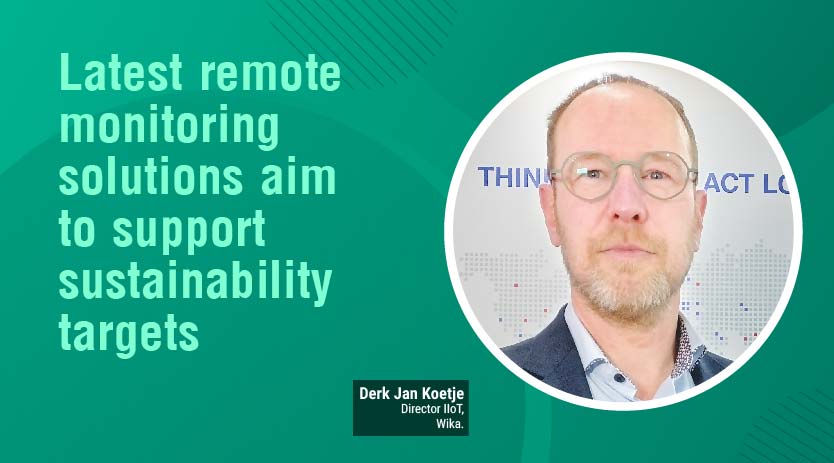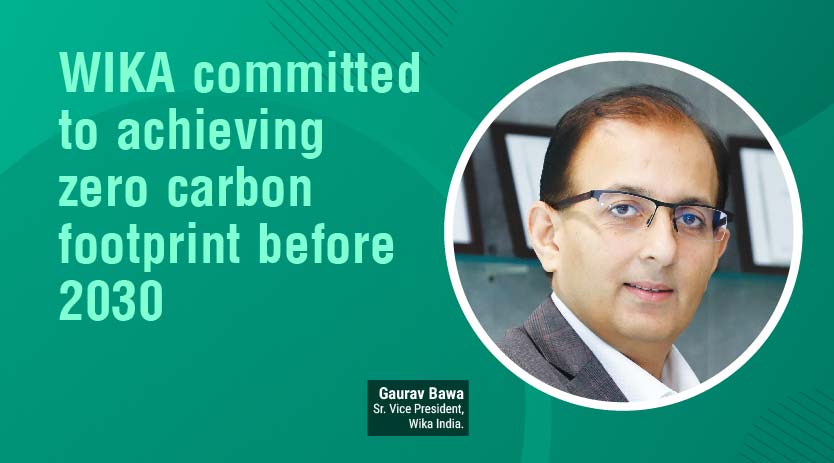Digital twin supports system interconnectivity, a feature for Industry 4.0
By OEM Update Editorial August 1, 2022 12:06 pm IST
While interacting with OEM Update, Mahesh Gurav, product Manager of Exor India Pvt. Ltd., states that the digital twin also serves as a data-analysis tool, providing a platform for executing the simulation.
Outlook on digital transformation taking place in Indian manufacturing
Technology innovation is changing the world at a rapid pace. If we could go back enough time to record each paradigm change triggered by technology, the most common place to start would be the industrial revolution. The industrial revolution, in every sense, put us on the path to globalisation and connectivity and helped create the foundation of modern society and wealth. A report by the United Nations Industrial Development Organization (UNIDO), ‘Industrialising in the digital age’ released last year, put India in the elite company of countries like the USA, UK, Japan, Singapore, Canada, Australia, etc. The report identifies these countries as potential pioneers in advanced digital production technologies (ADPs) (Industry 4.0). Over two centuries of change, we have reached the cusp of a new industrial revolution – Industrial Revolution 4.0. The coronavirus pandemic has led to the establishment of another supply chain system. With support from artificial intelligence (AI), automation and the Internet of Things (IoT), the industrial process is undergoing a massive transformation.
At the global level, governments and manufacturing organisations look forward to diversifying their manufacturing sector beyond China. India is also using the soft strength of its bilateral ties to attract foreign investment into the manufacturing industry. Sensing an opportunity, the Indian government prepares the land banks and provides large margins of withdrawal for foreign investors. Laudable work is being done across India, for example, through the Department of Heavy Industry with its Smart Advanced Manufacturing and Rapid Transformation Hub (SAMARTH) – Udyog Bharat 4.0, which supports four centres to popularise and demonstrate practical industry 4.0 solutions. India should thus benefit from a broad approach to promoting applications of Industry 4.0, serving all leading or lagging companies which break these technological islands.
Integrating automation into design and manufacturing
Any organisation can perform processes using automation with little or no human intervention. Automation can power a range of equipment, which can fulfil various objectives in a wide array of manufacturing environments. Automation is effective because it increases quality, output and efficiency by reducing human assistance, thereby dramatically reducing the risk of error. In its basic form, automation utilises controller/PLCs, Drives, HMIs, and gateways, which assess a measured state against a predetermined list of values to maintain the desired environments and conditions necessary for efficiency.
Industry 4.0 introduced automating industrial workflows to reduce errors, increase shop-floor safety, and increase productivity. The concept behind automating these workflows rests on developing a framework of digital industrial solutions with the ability to drive interconnectivity, capture data, and analyse the captured data to empower automated systems with machine vision or machine-learning capabilities. Integrating the use of a digital platform provides the enabling environment that digital technologies require for delivering the benefits of Industry 4.0.
The term Industrial IoT or ‘IIoT’ used by many people shows this technology’s brilliance in an industrial configuration. This is the future of manufacturing that can optimise operations on the ground and allow machine-to-machine interaction to create an industry’s connected and automated environment.
However, before implementing this technology to achieve M2M synchronisation and automation capabilities, you must first use it to monitor and collect machine data. IoT-based machine monitoring/data collecting systems such as EXOR eX700 IoT controller with the display or eXware an IoT Gateway are much easier to deploy in a machine-driven environment and can help you obtain a high return on investment and that too in a payback period of a few months.
Incentives like the PLI scheme motivate digitalising and automating processes for SMEs.
Manufacturers face increasingly unpredictable demand, rising consumer expectations and a significant labour shortage. The rise of Industry 4.0 technology is helping companies navigate these challenges by improving product quality and streamlining factory workflows. Artificial intelligence and IIoT are helping to improve quality and efficiency in manufacturing. But, as these technologies require relatively large capital initially, PLI will motivate manufacturers to make the investments and reap long-term advantages.
SMEs could reduce production downtime and enhance efficiency.Industry 4.0 includes the various technologies and solutions necessary for the realisation of the proverbial “lights off” factory in which the human presence is significantly reduced, and the safety in the workplace is optimised. Implementing Industry 4.0 business models starts with collecting data, analysing collected data, and obtaining information or taking specific action resulting in less downtime and higher efficiency. Data capture and analytics tools such as state-of-the-art hardware and IoT solutions are constantly deployed within facilities to implement various data-driven policies. The digital twin collects all data captured by these technologies in a virtual environment to reflect an industrial facility’s actual and current operational state.
Cobots are transforming the manufacturing and production processes for SMEs. Collaborative bots (Cobots) don’t get sick, take time to get tools, plant after lunch, or have bad days. Cobots efficiently meet everyday standards through laser-centric performance, leading to understanding and defining measurements. Cobots working on the industrial ground can be deployed for various tasks. Although the highly automated auto manufacturing sector remains the most used industry for electromechanical machines, Cobots and other forms of automation are now entering more sectors. About 15 per cent of firms are using AI, but 31 per cent plan to add support over the next 12 months. In addition, the industrial robotics market is expected to grow by 175 per cent over the next decade.
Solutions available to create a digital twin for continuous monitoring and optimising operations
A company receives a real-time virtual mirror of its factory operations with a digital twin. The data capture tools feed the digital twin with the real-time state of plant operations. The digital twin can then be leveraged in several ways to improve current production performance and drive growth in Industry 4.0. The digital twin also supports system interconnectivity, an essential feature of Industry 4.0. It enables the transfer of data from industrial data-capturing tools, equipment, and systems. It also supports sending data packets to hardware with receiving capabilities that drive industrial automation.
The digital twin also serves as a data-analysis tool, providing a platform for executing simulation and scheduling evaluations to optimise factory operations. It is important to note that digital twins of any facility process can be created to analyse the functions of that specific process or system. According to “Gartner Research”, enterprises will run multiple digital twins concurrently to optimise specific operational systems. One example is the development of a digital twin for an automated material handling system within an industrial facility. A digital twin of a material handling system collects data relating to the movement pattern, distance, and activity time frames of individual robots or carts that make up the system. Using this data, a digital model of both individual cart and facility-wide operations can be created. Thus, enterprises can understand and evaluate the performance of respective agents and the entire material handling system, which helps them optimise the processes/operations to get better results without disturbing the manufacturing process during the analysis period.
Exor’s CORVINA Cloud is the cloud-based, industrial IoT platform that provides the technology you need for the industrial world. Corvina Cloud is an administration shell for distributed edge systems, integrating data collection, monitoring and control, configuration management, integrated web tools and programming environments to support the machinery and applications throughout its whole lifecycle providing productivity increase and a new Business Model based on Services.
Our technology allows you to implement ‘Your solution to Your objective’ and scale it securely. Exor’s CORVINA Cloud offers complete Servitization and Digitalization solutions through the CORVINA IoT Digital Platform. Digitisation applications are solutions based on mathematical models that help companies optimise their production processes and consolidate and take advantage of new business opportunities. Thanks to a consolidated data collection platform, whether from application or production systems, we enable advanced machine learning and artificial intelligence engines to allow companies to see further, innovate and be faster. Through the power of data and people, we realise new possibilities, generating value from existing opportunities while creating innovation and reimagining processes and systems. We develop breakthrough solutions with an agnostic vision, thus applicable in any context.
CORVINA designs edge devices specific to every sector. Thus, providing you with a complete technological and service stack to achieve your objectives.
Contact us at: mahesh.gurav@exorint.com
Cookie Consent
We use cookies to personalize your experience. By continuing to visit this website you agree to our Terms & Conditions, Privacy Policy and Cookie Policy.




